Introduction
We’ve compiled the top 15 space agencies in the world. These agencies play a pivotal role in advancing human knowledge of the cosmos, fostering technological innovation, and enhancing international collaboration.
Let’s explore the intricacies of each, revealing the marvels of space travel.
Overview of the Top 15 Space Agencies in the World for 2024
National Aeronautics and Space Administration (NASA) – United States
Budget: NASA remains the powerhouse with the largest budget, enabling ground-breaking missions like the Artemis program, Mars exploration, and the James Webb Space Telescope.
China National Space Administration (CNSA) – China
Lunar Ambitions: CNSA has made significant strides in lunar exploration, including the Chang’e missions and plans for crewed lunar landings.
Russian Federal Space Agency (Roscosmos) – Russia
Legacy of Space Exploration: Roscosmos continues its legacy with the International Space Station (ISS) and ambitious plans for lunar and Martian missions.
Indian Space Research Organisation (ISRO) – India
Cost-Effective Missions: ISRO achieves remarkable feats on a modest budget, such as the Chandrayaan and Mangalyaan missions.
European Space Agency (ESA) – Europe
Collaborative Endeavours: ESA represents multiple European countries, pooling resources for projects like the ExoMars rover and Earth observation satellites.
Also read – Top 5 Private Space Companies in India
Japan Aerospace Exploration Agency (JAXA) – Japan
Innovative Technologies: JAXA pioneers advancements in robotics, asteroid exploration (Hayabusa missions), and lunar ambitions.
Space Exploration Technologies Corporation (SpaceX) – United States
Private Space Ventures: SpaceX disrupts the industry with reusable rockets, Crew Dragon missions, and plans for Mars colonization.
National Centre for Space Studies (CNES) – France
Satellite Expertise: CNES excels in Earth observation, climate research, and international collaborations.
China Academy of Space Technology (CAST) – China
Satellite Manufacturing: CAST plays a crucial role in China’s satellite development and deployment.
United Launch Alliance (ULA) – United States
Reliable Launch Services: ULA provides reliable launch vehicles for military, scientific, and commercial payloads.
Also read – ISRO Space Centers in India
German Aerospace Center (DLR) – Germany
Scientific Research: DLR focuses on Earth observation, planetary exploration, and aerospace technology.
Israel Space Agency (ISA) – Israel
Small but Ambitious: ISA’s Beresheet mission to the Moon showcased Israel’s determination.
United Arab Emirates Space Agency (UAESA) – UAE
Hope Probe: UAESA’s Mars mission, the Hope Probe, aims to study the Martian atmosphere.
Brazilian Space Agency (AEB) – Brazil
Growing Space Program: AEB contributes to Earth observation and satellite development.
Canadian Space Agency (CSA) – Canada
Robotic Expertise: CSA’s Canadarm and contributions to the ISS demonstrate its robotic prowess.
Also read – List of Moon Landed Countries
Conclusion
These space agencies collaborate, compete, and drive innovation, ultimately expanding our cosmic horizons. As we look to the stars, their collective efforts propel us toward a future beyond our planet.
As we navigate the cosmic landscape through the lens of the top 15 space agencies in the world for 2024, it’s evident that humanity’s curiosity knows no bounds. From lunar aspirations to interplanetary travel, these agencies unite in unraveling the mysteries of the universe. The cosmos awaits, and with each mission, we inch closer to the next frontier.
Frequently Asked Questions
Who is No 1 space agency in the world?
NASA
NASA is the most well-known and influential space agency in the world. It was established in 1958 by the United States government, in response to the Soviet Union’s launch of the first artificial satellite, Sputnik 1.Who is the father of Indian space agency (ISRO)?
Former chairman Dr. Vikram Sarabhai is considered as the Father of the Indian space program; He was a great institution builder and established or helped to establish a large number of institutions in diverse fields.
How powerful is ISRO?
Indian Space Research Organization is among the best Space Research Organization in the world. It is best in the world for budget management. Then talking about power and capabilities of ISRO there are many examples which proves, why ISRO is one of the best Space Organization.
Why is ISRO so popular?
Alongside its technological advancement, ISRO contributes to science and science education in the country. Various dedicated research centres and autonomous institutions for remote sensing, astronomy and astrophysics, atmospheric sciences and space sciences in general function under the aegis of Department of Space.
Does Pakistan have space agency?
The Space & Upper Atmosphere Research Commission, commonly referred to as SUPARCO, is the independent agency of the Government of Pakistan responsible for the national civilian space program.
Is NASA better than ISRO?
While ISRO focuses on developing space technologies for India’s socio-economic benefit, NASA’s primary goal is to increase knowledge and human presence in space. Additionally, NASA has a larger budget and better infrastructure, but ISRO excels in efficiency and cost-effectiveness.
Are there plans for international collaboration in space exploration?
Absolutely! Many space agencies, including NASA, ESA, and Roscosmos, actively collaborate on various missions. International cooperation fosters shared knowledge and resources, propelling humanity further into space.
How do commercial partnerships impact space exploration?
Commercial partnerships, like NASA’s collaboration with SpaceX, bring innovation, efficiency, and cost-effectiveness to space endeavours. Private companies contribute to the development of cutting-edge technologies, expanding the possibilities of space exploration.
What challenges do space agencies face in 2024?
Space agencies grapple with challenges like budget constraints, technological hurdles, and geopolitical dynamics. Overcoming these obstacles requires resilience, collaboration, and a shared vision for the future of space exploration.
Is lunar exploration a priority for space agencies?
Yes, lunar exploration remains a significant focus for many space agencies. Missions like NASA’s Artemis and ISRO’s Chandrayaan series reflect the on-going efforts to study and understand Earth’s celestial companion.
How do space agencies contribute to everyday life on Earth?
Space agencies contribute to everyday life through technologies like satellite communication, Earth observation, and navigation systems. These innovations have widespread applications, enhancing communication, weather forecasting, and more.
What role do robotic missions play in space exploration?
Robotic missions, like JAXA’s Hayabusa2, play a crucial role in collecting data from distant celestial bodies. They pave the way for human exploration, offering insights into planetary composition and the origins of our solar system.
Having any queries? – Do reach us at info@scivoyage.com

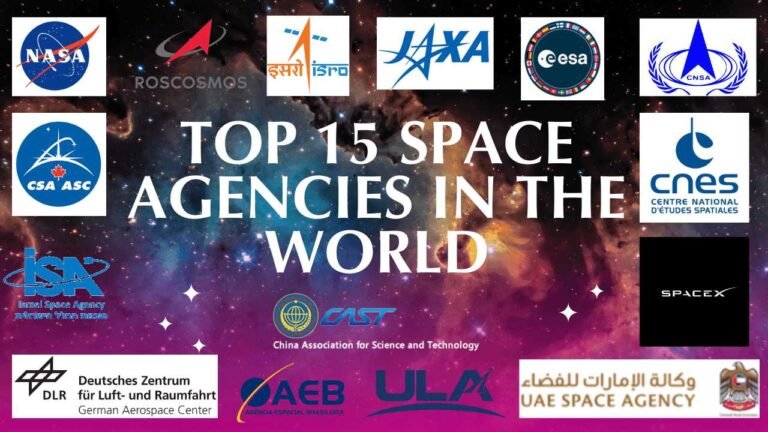
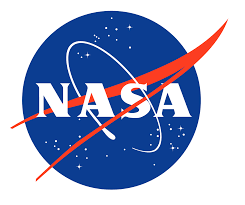

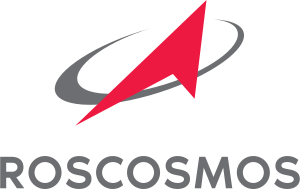
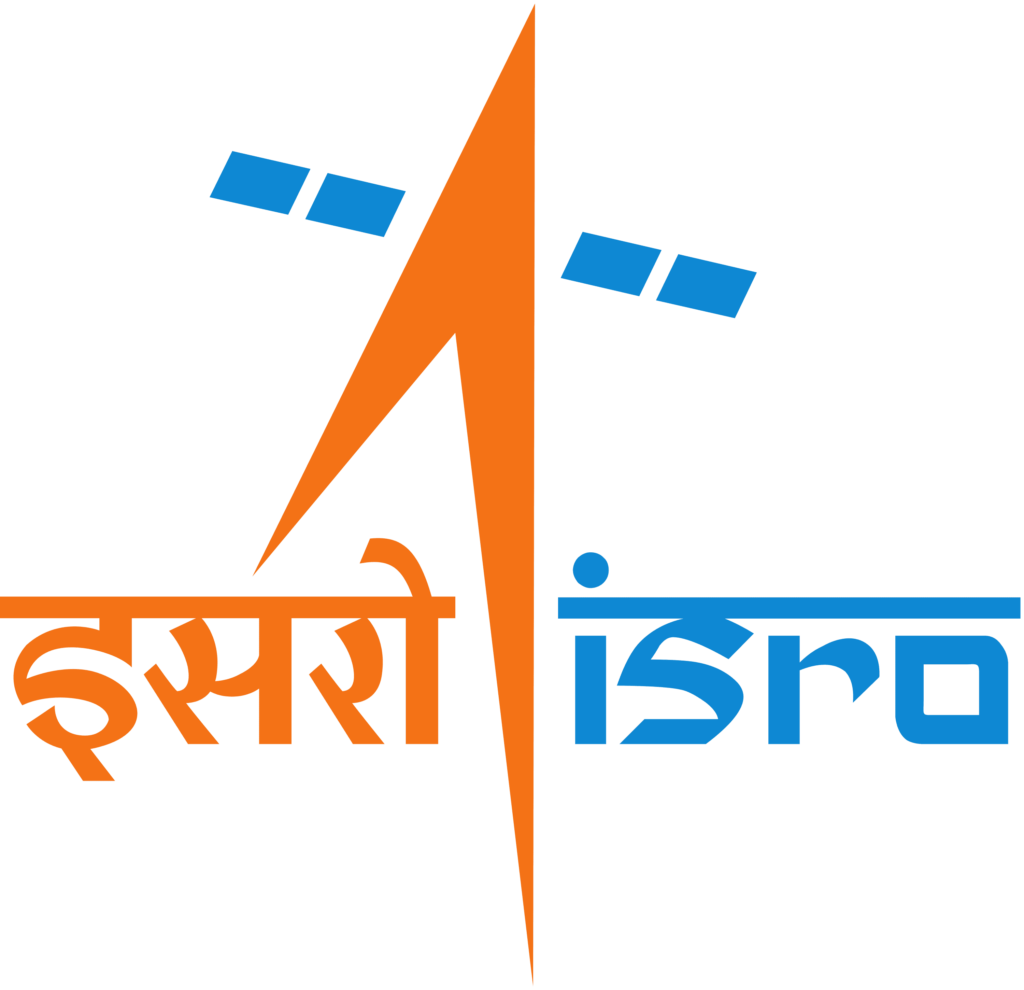
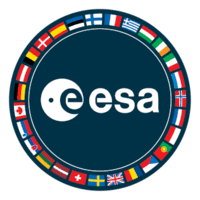
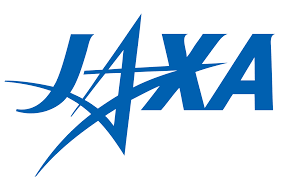
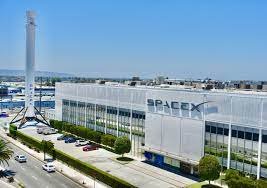




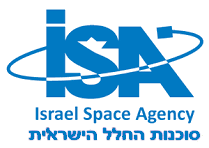


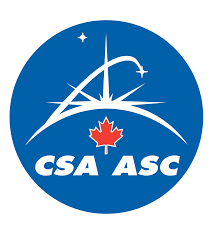
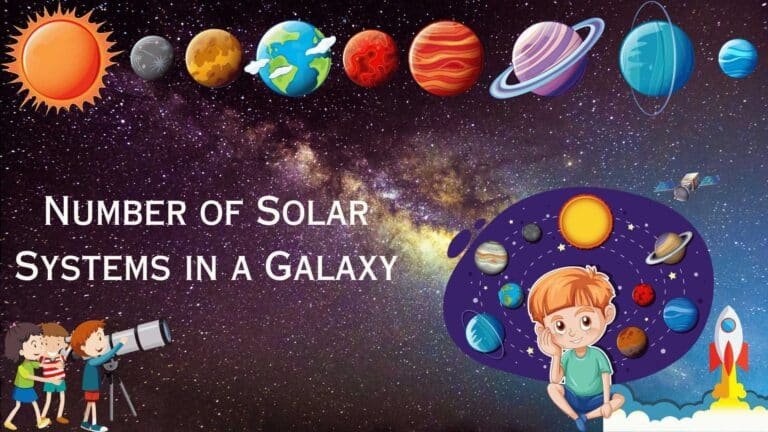
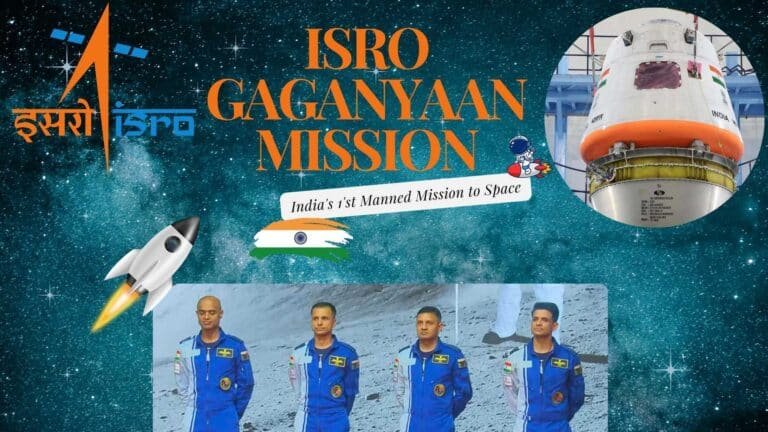
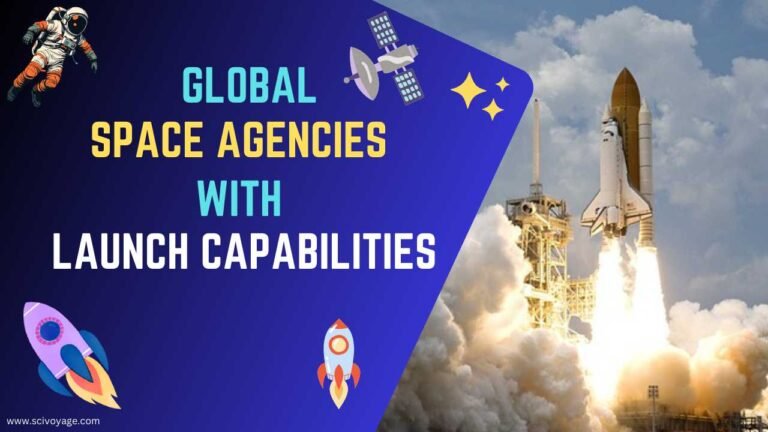

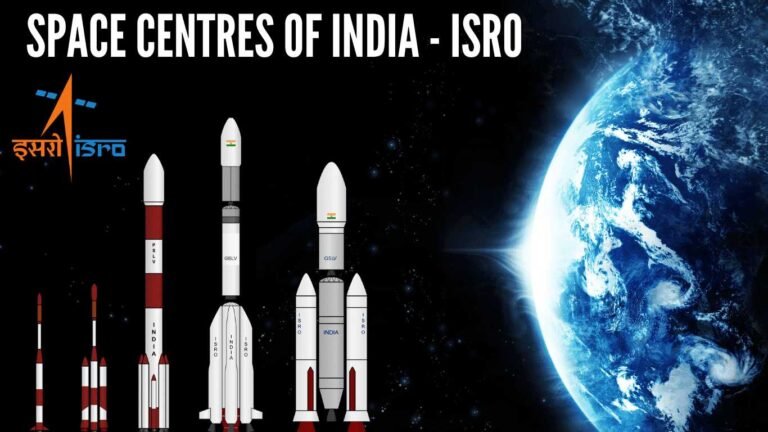

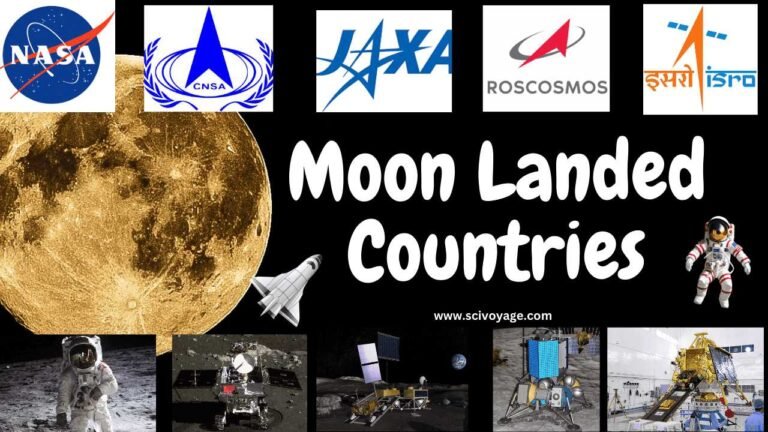
14 thoughts on “Top 15 Space Agencies in the World for 2024”
Your point of view caught my eye and was very interesting. Thanks. I have a question for you.
Thanks for sharing. I read many of your blog posts, cool, your blog is very good.
https://continent-telecom.com/virtual-number-uk
https://virtual-local-numbers.com/countries/1190-saudi-arabia-did-numbers.html
https://avenue17.ru/zapchasti-dlja-evropejskogo-oborudovanija
You are not right. I am assured. Let’s discuss it. Write to me in PM, we will communicate.
Thanks for sharing. I read many of your blog posts, cool, your blog is very good.
Your point of view caught my eye and was very interesting. Thanks. I have a question for you.
Your article helped me a lot, is there any more related content? Thanks!
Your point of view caught my eye and was very interesting. Thanks. I have a question for you.
I don’t think the title of your article matches the content lol. Just kidding, mainly because I had some doubts after reading the article.
I don’t think the title of your article matches the content lol. Just kidding, mainly because I had some doubts after reading the article.
Well I truly enjoyed reading it. This subject procured by you is very constructive for good planning.
Thank you for your sharing. I am worried that I lack creative ideas. It is your article that makes me full of hope. Thank you. But, I have a question, can you help me?